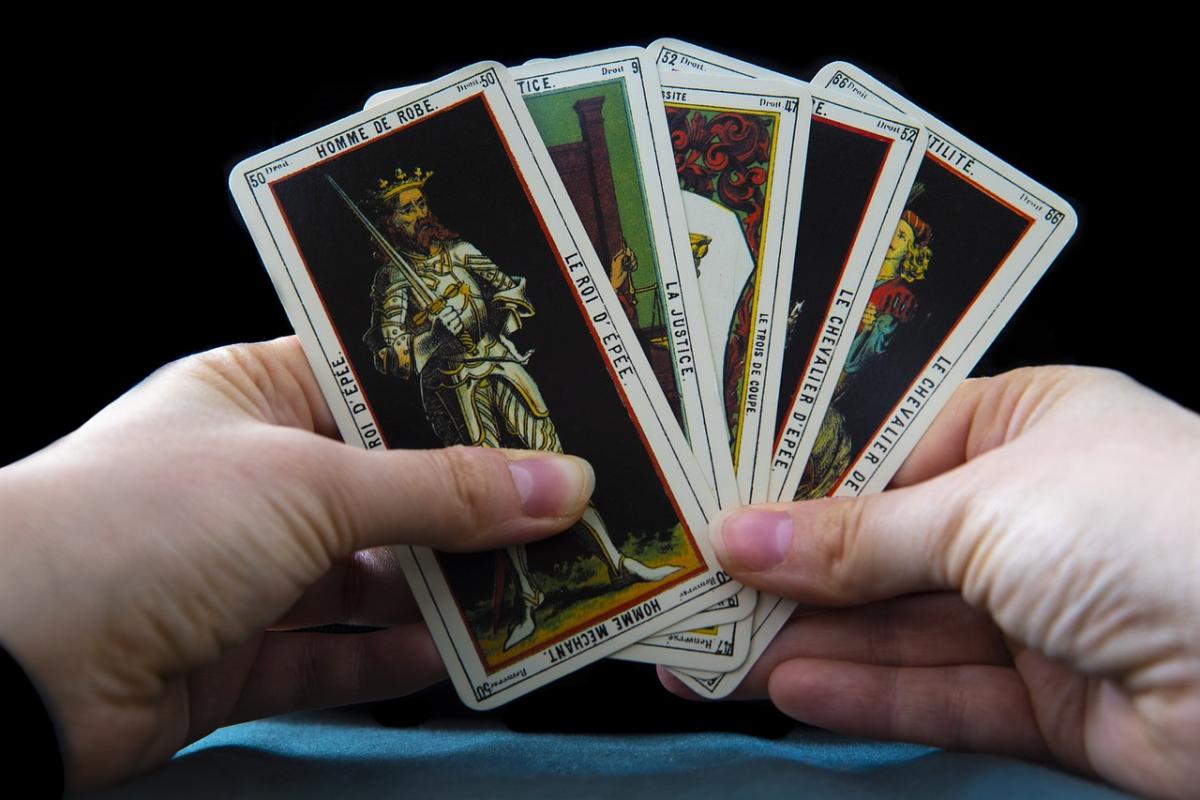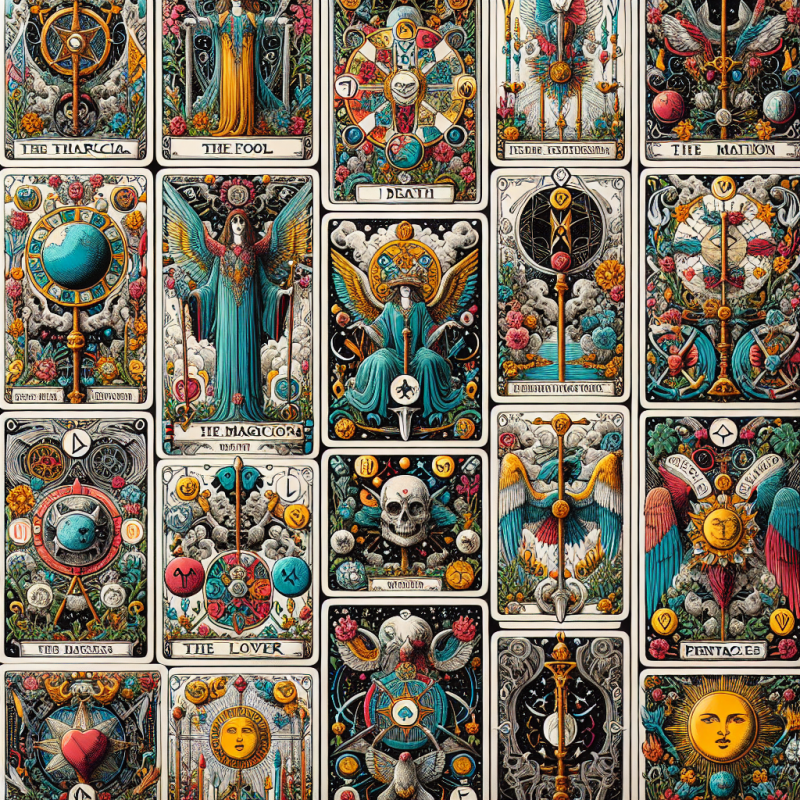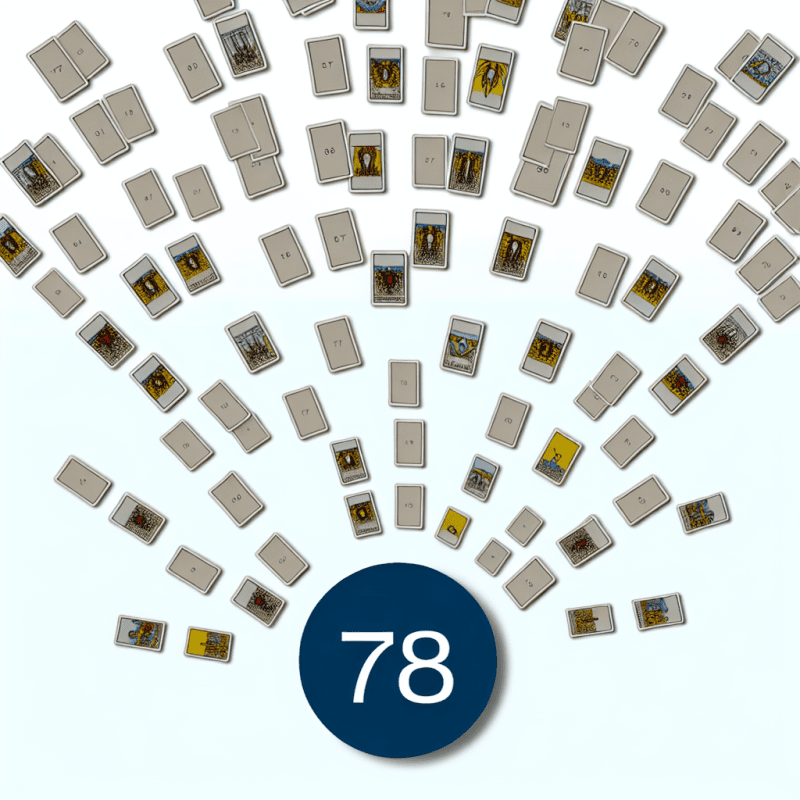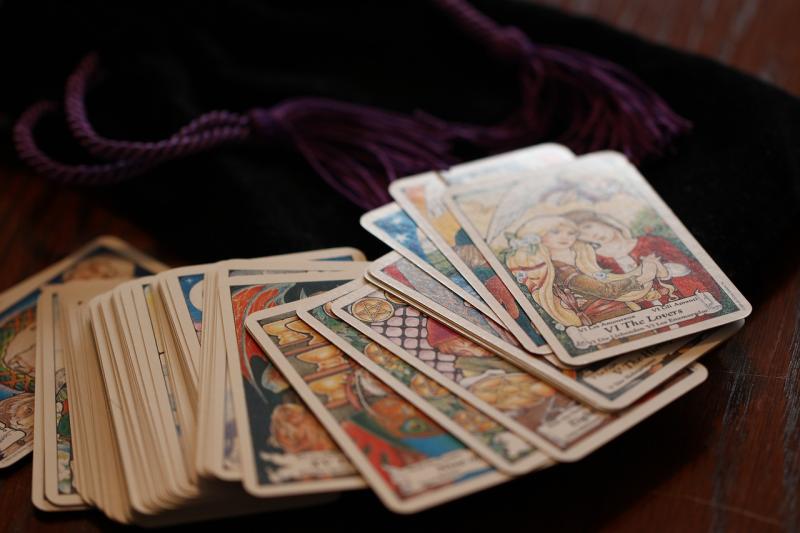Getting into tarot reading can feel a bit overwhelming at first, but it’s really all about connecting with your intuition and understanding what the cards mean. Let’s break down the basics to help you get started on your journey.
First off, a standard tarot deck contains 78 cards, divided into two main parts: the Major Arcana and the Minor Arcana. The Major Arcana has 22 cards that represent significant life themes and lessons—think of them as the big picture moments. The Minor Arcana, on the other hand, has 56 cards split into four suits: Cups, Pentacles, Swords, and Wands. These cards deal more with everyday events and situations.
Each card has its own imagery and symbolism, which can feel like a whole new language! It’s helpful to spend time familiarizing yourself with each card’s meaning. If you can, get a deck that resonates with you—something that feels good in your hands and sparks your curiosity. Many people love to journal their insights as they learn, jotting down their thoughts on each card.
When you’re ready to read, think about the question or area of life you want to explore. Shuffle your deck while keeping your question in mind. You can lay out the cards in different spreads, like a simple three-card spread for past, present, and future insights. Remember, there are no wrong interpretations! Trust your gut; the cards often have messages beyond the traditional meanings.
Finally, practice makes perfect! As you read for yourself and others, you’ll find your own style and connection with the cards. Don’t rush it—enjoy the journey of discovery and let each reading deepen your understanding of the tarot’s rich world.
Choosing the Right Tarot Deck
Start by thinking about what draws you in. Do you prefer traditional imagery like the Rider-Waite deck, or are you more into modern, artistic interpretations like the Wild Unknown? Look for decks that you feel a connection with – whether it’s the illustrations, the themes, or even the colors. It’s all about what feels good in your hands.
Another important factor is the guidebook. Some decks come with a comprehensive guide that explains the meanings behind each card, while others might be more minimalist. If you’re a beginner, having a deck with a detailed guide can really help you get the hang of things as you start reading.
Don’t forget to consider the size of the cards. Some decks are larger and can be harder to shuffle, especially if you have smaller hands. There are also pocket-sized versions of popular decks that are perfect for on-the-go readings. Whatever you choose, make sure it feels comfortable for you.
Lastly, you might want to check out reviews or watch unboxing videos online. Seeing other people’s experiences can give you a good idea of what to expect and help you decide. Remember, the right deck is the one that speaks to you, so take your time and explore until you find your perfect match!
Interpreting Card Meanings for Beginners
Understanding tarot cards can feel a bit overwhelming at first, but it doesn’t have to be! It’s all about tapping into your intuition and connecting with the symbols on the cards. Here’s a simple way to start interpreting their meanings.
First, get familiar with the basic structure of a tarot deck. There are 78 cards divided into the Major Arcana and Minor Arcana. The Major Arcana cards represent significant life events or lessons, while the Minor Arcana cards focus on everyday situations. As a beginner, focusing on these categories can make the learning process smoother.
When you pull a card, take a moment to observe what stands out to you. Are there specific colors or images that catch your eye? What feelings does the card evoke? These initial reactions can offer insight into its meaning for you personally. You might even want to jot them down to refer back to later!
Don't forget to trust your instincts! There are plenty of traditional meanings out there, but your interpretation is just as valid. As you practice, you’ll find your own unique way of connecting with the cards, making each reading personal and meaningful. Happy reading!
Practicing Your Tarot Reading Skills
One great way to practice is to keep a tarot journal. Write down your daily or weekly readings along with your thoughts and interpretations. This will help you track patterns in your readings and notice how your understanding of the cards evolves over time. Plus, it’s a fantastic reference point whenever you need a little refresh!
Don’t hesitate to get creative with your practice too! Try different spreads or even create your own. Each spread can offer unique insights and help you understand how the cards interact with one another. A simple three-card spread—past, present, and future—is a good starting point for deeper exploration.
Lastly, consider joining a tarot community, whether it’s online or a local group. Sharing your experiences with fellow enthusiasts opens doors to new ideas and perspectives. You can swap readings, share tips, and ask questions. Learning from others can boost your skills and makes the whole experience much more enjoyable!



